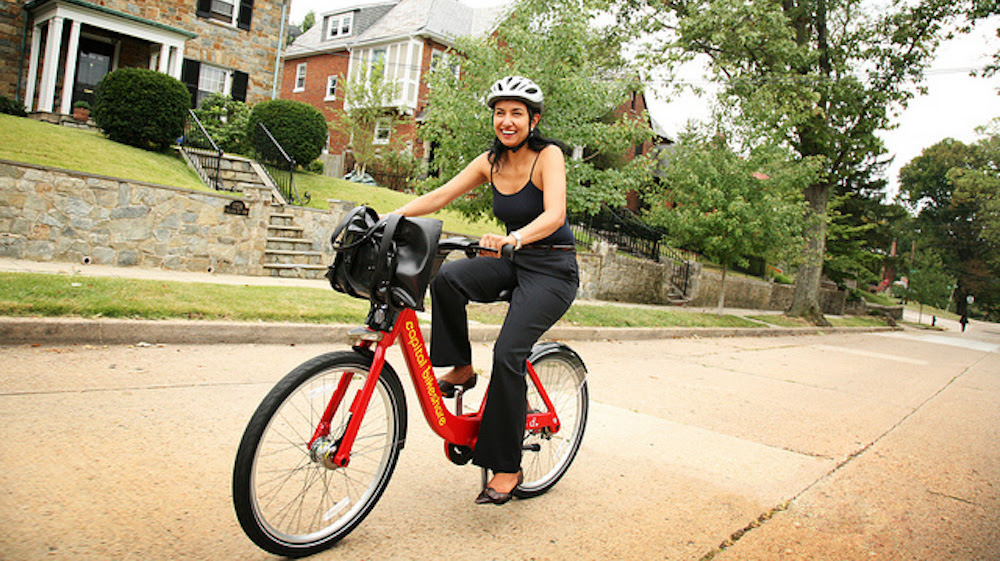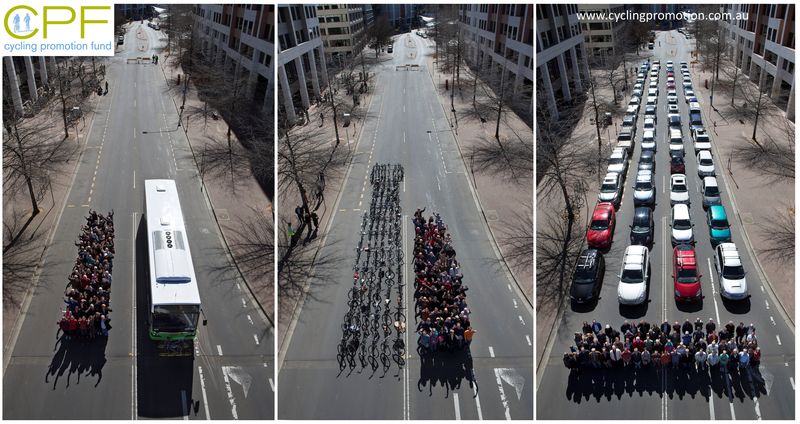More parking restrictions could be coming to 16th Street NW as part of the ongoing changes to prepare the corridor for rush-hour transit lanes, expected by 2020.
The D.C. Department of Transportation says it is moving to lengthen 22 bus zones along 16th Street to better accommodate articulated buses. In the process, it would remove up to 66 parking spaces.
City planners are studying additional impacts on parking that could result from adding dedicated transit lanes to one of the city’s busiest commuter corridors. Parking now allowed in the off-peak direction during rush hour could be removed to allow for travel in all traffic lanes during the morning and evening commutes.
DDOT also is evaluating a proposal to extend rush-hour parking restrictions along the corridor to ease bus travel. Next week, however, the agency plans to bring back regular rush hours to this and other corridors where the agency extended parking restrictions by 30 minutes to ease congestion during SafeTrack. Metro’s yearlong maintenance program ends Sunday, and parking prohibitions will return to normal: 7 to 9:30 a.m. and 4 to 6:30 p.m.
The ongoing changes could reduce parking availability on 16th Street, but transit advocates say they are necessary to prioritize bus use in the corridor that carries as many as 20,000 commuters on a typical weekday. Some say it is a luxury to have any parking available on one of the city’s busiest thoroughfares.
The bus lane plan has been embraced by bus riders and city residents, who say dedicated lanes could help solve chronic problems on the S-Line, including crowding, bunching and delays.
The improvements would benefit thousands of riders who are often stuck behind traffic traveling at speeds of less than 10 miles per hour. The S-Line transports more people than cars during rush hour, making the corridor an ideal testing ground for the type of improved bus service that transit advocates and riders say would make Metrobus more efficient and attractive to commuters.
“People love their 16th street bus service and they love riding,” said Cheryl Cort, an advocate for bus lanes with the Coalition for Smarter Growth. Without bus lanes, she said, the problems will continue or worsen. Sometimes, buses are so crowded, she said, that four buses pass her before she can board one.
Metro has invested in the line, adding trips and restructuring service to provide extra buses along the southern portion. But as service was added, ridership grew.
DDOT began design work on the lanes last year, along with other enhancements to the road infrastructure, such as adjusting the timing of traffic lights and more frequent buses. Parking restrictions are next in the process, which also calls for the elimination of bus stops and more upgrades to the bus fleet. Plans also call for an off-board payment system and all-door entry on S-Line buses to reduce dwelling times at bus stops.
The bus lanes would run peak-direction during rush hour, from Arkansas Avenue in the upper Northwest area to H Street in downtown.
Earlier plans to extend the center reversible lane from Arkansas Avenue to K Street by installing a fifth lane south of U Street may not be possible because parts of the corridor are 2 to 3 feet short of the 50 feet needed to have five, 10-foot traffic lanes, officials say.
Still, the city said it is moving forward with rush-hour transit lanes throughout the length of the corridor. DDOT will present alternatives for how to do that in the segment that has only four lanes at a meeting next month.
As the project advances, the most controversial part has been the potential elimination of eight bus stops: southbound stops at Newton, Lamont and V streets; and northbound at L, Q, V, Lamont and Newton streets.
Residents and community leaders said at a meeting last week that taking away stops would impact riders, many of them elderly and with young children, who already walk four or five blocks to get to their bus stops.
Kishan Putta, a community activist who has been pushing for the transit lane for the past four years, said the consolidation of bus stops could alienate riders and the time savings is not worth it. Instead, he said, DDOT should consider whether it makes sense to have some buses uses different stops.
As part of the ongoing changes in the corridor, Metro will add more rush-hour trips on the S9 buses starting Sunday. In recent months, the limited-stop route tested transit signal priority, a system that allows the bus extra green time at the light so it can stay on schedule.
City officials say they are still evaluating the program’s success, and whether significant time savings are accomplished, before implementing on the S1, S2 and S4.
With regards to parking, DDOT spokesman Terry Owens said the city plans to begin work with Advisory Neighborhood Commissions on the parking spaces that will be removed to make bus zones longer. He said the minimum length of a bus zone on an articulated bus route is 110 feet. Twenty-two bus zones don’t meet that guideline and will be lengthened by 40 to 60 feet, which means two to three parking spaces at some locations.
DDOT’s project timeline puts bus lane in the corridor by 2020. Under DDOT’s proposal, buses would have a southbound dedicated lane from 7 to 10 a.m. and a northbound one from 4 to 7:30 p.m.
The lane could save nearly six minutes of travel time during the morning commute for some southbound buses and the same for the northbound traffic in the evening, but general traffic would see modest increases in travel time, according to a DDOT study.
Click here to read the original story.





